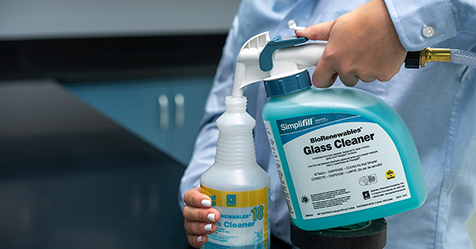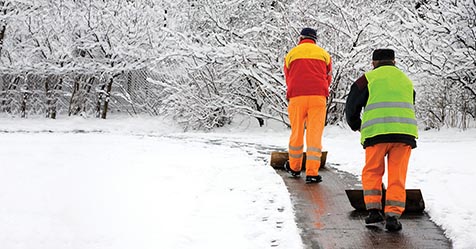Read the November/December 2025 Issue of CMM Online
The November/December issue of Cleaning & Maintenance Management is now available in a digital format.
This edition has its finger on the pulse of contract cleaning companies with a detailed report on their operations, plans, and top issues revealed through CMM’s 2025 Building Service Contractor (BSC) survey. It explores methods for keeping night shift crews safe, and training techniques to keep all cleaning employees motivated and engaged. The newest CMM edition also offers best practices that will help readers eliminate common facility problems such as bad odors, pest infestations, and unhealthy indoor air quality.
Here’s a quick look at what you’ll find in this issue:
2025 Building Service Contractor Survey Report
How do you compare with BSC challenges, accomplishments, and priorities?
Working 6 to 2
Cleaners on the night shift face extra challenges
Think Holistically for Healthy Buildings
Connect cleaning and air quality for healthier indoor spaces
Look Beyond Price When Choosing a Pest Control Service
Ask eight questions to find a provider that meshes with your facility
What Facility Visitors Smell Shapes What They Think
Odor Control is More Than Masking Stinks
An Attentive Team Is a Hygienic Team
Three ways to make hygiene training engaging—and effective
Welcoming the Next Generation of Cleaners
How to attract millennial and Generation Z workers to the cleaning industry
The Do’s and Don’ts of Asset Management
Seven tips to organize your cleaning team’s equipment, schedules, and operations
Expertise Matters for Mold Assessment
Mold remediation protocols and partnerships lead the way to healthier indoor air
Check out the table of contents to see all this edition of CMM has to offer, including profiles of exhibitors at ISSA Show North America 2025.
Florida, New York Raise Minimum Wage
States inch near or above $15 base pay for workers
Florida’s minimum wage rose to US$14 per hour on Sept. 30, and the minimum wage for tipped employees grew to $10.98 per hour. This is part of a phased increase that will raise the minimum wage to $15 an hour by September 2026, after which it will be adjusted annually based on inflation. This change is part of a state constitutional amendment passed by voters in 2020.
Beginning on Jan. 1, 2026, workers who earn the minimum wage across New York State also will see an increase of 50 cents per hour, bringing the minimum wage up to $15.50 per hour. In New York City, Westchester, and Long Island, the minimum wage will rise by an additional 50 cents per hour, bringing the hourly wage up to $16.50.
Beginning in 2027, the minimum wage will annually increase by the three-year moving average of the Consumer Price Index for Urban Wage Earners and Clerical Workers for the Northeast Region, according to state officials.
As CMM previously reported, Connecticut Gov. Ned Lamont also announced in September that the state minimum wage will be increasing to $16.94 per hour on Jan. 1, 2026, which will be the second highest in the U.S. Washington state’s minimum wage is scheduled to increase from $16.66 to $17.26 on Jan. 1. Behind Connecticut, California’s minimum wage will hit $16.90 on Jan. 1.

